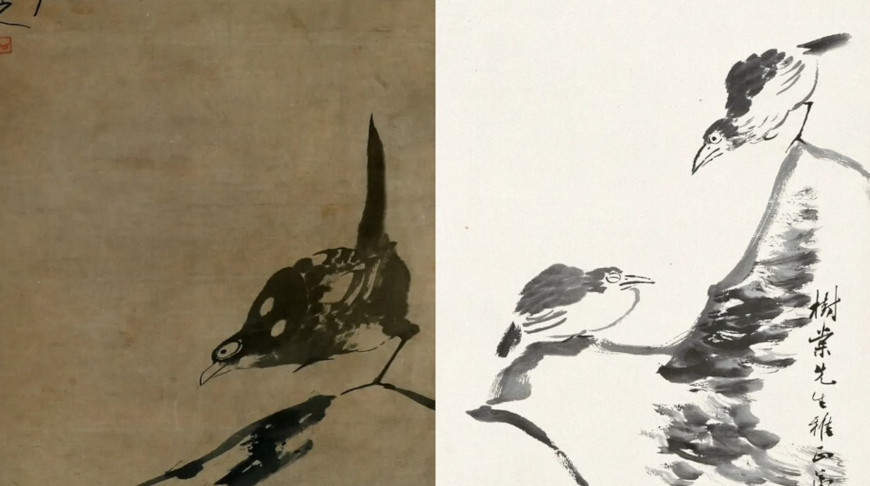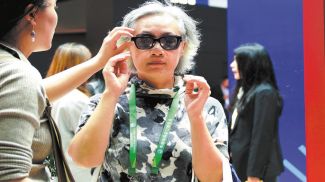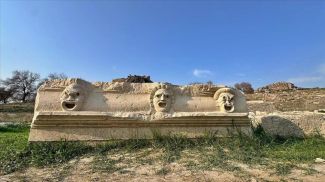
BEIJING, 16 September (BelTA - China Daily) - The Beijing Fine Art
Academy Art Museum is currently hosting an exhibition titled "Rotation
among Three Masters," which delves into the 300-year evolution of
Chinese freehand painting. Featuring over 70 artworks from 13 esteemed
cultural institutions, including the National Museum of China, the
exhibition highlights the works of renowned artists Xu Wei, Bada
Shanren, Wu Changshuo, and Qi Baishi.
The exhibition is divided into four sections, each tracing the development of Chinese freehand flower-and-bird painting from the Ming and Qing dynasties to modern times.
Central to the exhibition is Qi Baishi's deep admiration and learning from his three predecessors. Qi drew inspiration from Xu Wei's unrestrained style while maintaining balance, embraced Bada Shanren's simplicity without succumbing to coldness, and adopted Wu Changshuo's vigor while avoiding awkwardness, ultimately creating his distinctive "red flowers and ink leaves" style.
Visitors have the unique opportunity to view the works of these four masters side by side. An interactive device further enriches the experience, allowing attendees to explore the intricate evolution of freehand brushwork and the dynamic interplay among these artistic giants.
Highlighted pieces include Xu Wei's Miscellaneous Flowers and Bamboo and Rock and Narcissus, Bada Shanren's Two Magpies and a Big Rock and Deer under Chinese Toon, Wu Changshuo's Copy of Bada Shanren's Deer and Colored Plum Blossoms, as well as Qi Baishi's Ink Peony, Red Plum Blossoms, Two Birds on a Rock, and his own interpretations of Bada Shanren's works.
Running through Dec 5, the exhibition not only celebrates the rich tradition of Chinese freehand painting but also offers a profound insight into the artistic legacy and innovation of these masters.
The exhibition is divided into four sections, each tracing the development of Chinese freehand flower-and-bird painting from the Ming and Qing dynasties to modern times.
Central to the exhibition is Qi Baishi's deep admiration and learning from his three predecessors. Qi drew inspiration from Xu Wei's unrestrained style while maintaining balance, embraced Bada Shanren's simplicity without succumbing to coldness, and adopted Wu Changshuo's vigor while avoiding awkwardness, ultimately creating his distinctive "red flowers and ink leaves" style.
Visitors have the unique opportunity to view the works of these four masters side by side. An interactive device further enriches the experience, allowing attendees to explore the intricate evolution of freehand brushwork and the dynamic interplay among these artistic giants.
Highlighted pieces include Xu Wei's Miscellaneous Flowers and Bamboo and Rock and Narcissus, Bada Shanren's Two Magpies and a Big Rock and Deer under Chinese Toon, Wu Changshuo's Copy of Bada Shanren's Deer and Colored Plum Blossoms, as well as Qi Baishi's Ink Peony, Red Plum Blossoms, Two Birds on a Rock, and his own interpretations of Bada Shanren's works.
Running through Dec 5, the exhibition not only celebrates the rich tradition of Chinese freehand painting but also offers a profound insight into the artistic legacy and innovation of these masters.













